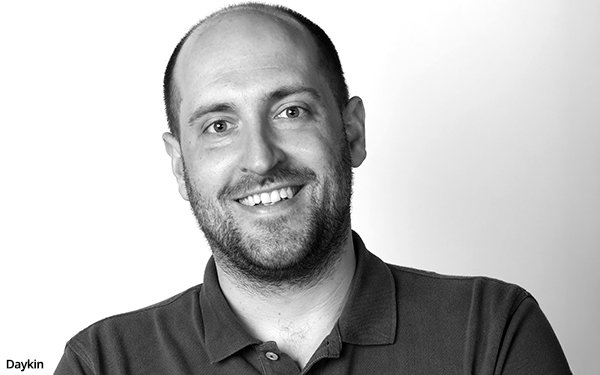Commentary
Safety In Numbers - Or Cross Your Fingers And 'Hope For The Best'
- by Laurie Sullivan , Staff Writer @lauriesullivan, March 18, 2024

Global media buyers spend many hours thinking about brand safety and finding the best channels, but sometimes accidentally fund the wrong sites. It really comes down to data.
“The reality is you don’t always know how much of that is in place and followed,” said Jerry Daykin, former vice president and head of global media at alcohol company Beam Suntory, based in Osaka, Japan.
Daykin now works as an advisor to several companies including Adfidence, a digital media company that provides media governance solutions for global advertisers. “You work with different teams and different markets worldwide.”
While at Beam Suntory, Daykin used Adfidence’s tools to ensure the agency didn’t fund some of the “awful” and “terrible” content on sites.
“What did we do before we had these tools?” he said. “We just hoped for the best.”
advertisement
advertisement
Adfidence also supports brands such as Reckitt, Kimberly-Clark, and Bayer. Daykin said the "gamechanger" is the ability to see where the ads landed on media sites in real time. The product rolled out last summer and a trial started shortly after.
Within the World Federation of Advertisers -- which Daykin participates in -- is the Global Alliance Response of Media (GARM). This group spent a lot of time in the past four years analyzing ground floor brand safety such as how not to fund hate speech and terrorism.
“All the things you think advertisers wouldn’t have to think about,” he said, explaining how he helped to cowrite and produce the document. “It was big up in the clouds thoughts about how to make buying media better.”
Adfidence’s live dashboard helped Daykin better understand the nuances.
Within the dashboard, best practices provide Beam Suntory with the basics for each individual client—perspectives and brand safety best practice thresholds. About 30 seconds later in a color-coded graph -- green-yellow-amber -- the tool returns percentages of where in the world the ads reach the goals.
Daykin also ran tests around frequency capping while at
GSK and the difference it made around reach and impact on platforms like Meta and Google 360, about 30% and 40% in reach when media best practices were followed. Before it was not known if the
practices were followed.
The tools focus on the setup of the campaign as well as best practices to protect the brand. Campaign setup is a highly manual process, but it is the biggest
blind spot.
Daykin has also partnered with verification partners like Integral Ad Science (IAS) and Moat to tag campaigns, with the hope that the team did everything to protect the brand, but when it came to the walled gardens like Google and Meta, much of brand safety revolves around the options used when setting up campaigns.
Brand safety for social companies has become a cash cow for some companies like DoubleVerify. One media outlet reported DoubleVerify revenue from social media measurement rose 62% in the fourth quarter compared with Q4 2022. The category now accounts for 43% of DoubleVerify’s measurement, up 25% to $198 million, and 15% of the company’s total revenue in 2023.
“We expect customer adoption of DoubleVerify solutions across social media to fuel revenue growth for years to come,” CEO Mark Zagorski told investors on the company’s earnings call in February.



